When writing, towards the end of a personal letter, the quote that gives its name to the exhibition at Fidelidade Arte curated by Marquise, Blaise Pascal elicits perhaps the most pearly artistic instinct – if time is bound up with entropy, would art not be an attempt to oppose, through the solidity of the concise, this cosmic exhale that disintegrates everything? As Michelangelo put it, the artist primarily strives to polish excesses, finding the right measure of what he is trying to understand – could such brevity lead to a presence so delicate that it ends up camouflaging art in the short-sightedness of the mundane? As an outstanding artistic mood, melancholy is above all yearning for the elegance of non-existence, of this spilling over into the whole that sees in every limit the rudeness of a separation. How ironic, then, to think that this quote has been ascribed to many other authors besides Pascal. Well-known quotes of unclear provenance are like the proverbs of a universal consciousness. After all, if authorship is camouflaged in a pulverized reality, then what’s the point? In this era where nothing is kept and the original mingles with the simulacrum, the most important thing is to learn to see better. Honed to soften the boundaries between art and everyday life to the brink of non-existence, these pieces reflect on themes such as the cult of the original and the power of the simulacrum, the effect of subtlety and the instability of repetition. In doing so, they examine certain issues in the aesthetic regime of art: the relationship between the artist’s plastic ingenuity and the perceptual habits of the audience, the alleged purity of the work and the profane practicality of the object, the importance of the exhibition grounds and the liveliness of the daily territory.
At first, a spontaneous display of bronze shoes on the entrance steps. The cynical subtlety of I haven’t arrived yet halts the unsuspecting visitors, who may have taken their shoes off before even noticing the mistake. Whereas in modern times art has broken away from prescribed meanings to extol us in a state of free contemplation, Fiona Connor, in this glimpse of doubt, further erodes the boundary between the mundane and the aesthetic, combining the trivial and the enduring: the banality of mass shoes with the artistic virtuosity of bronze, its usefulness as a tool with the futility of art, the levity of movement with the poise of monuments. Whilst bronze once stood out from reality to retain an aura of eternity, this piece integrates it into the world and, using the device of anonymity, startles us into seeing better. As they wait for their owners, these bronzed shoes symbolize the transcendent inhabiting the ephemeral – those who take their shoes off point to the sanctity of the premises: stepping gently is the foundation of the most sophisticated understanding and museums are the ideal stage for aesthetic experience.
Laurent Dupont’s boxes, whose painstaking craftsmanship obliterates the artistic aura by turning out perfect copies of ordinary objects, are even more committed to the banal. The masquerade is effective when it enhances its eventual impact – the work longing for the banal succeeds when it questions the arbitrariness of such limits. Even the most exquisite pieces are still artistic, as they promote the human digestion of the world. The valid simulacra is like a plane slightly out of sync with the original, within the gaps which are the cradle of all change. If there is no intrinsic plastic interest, such as Robert Gober’s hyper-realism of the banal, or if there are no significant extrinsic manipulations that promote new perspectives, as in Duchamp’s Fountain, what kind of transformation would promote a copy that is in every way similar to the original? Geopolitical irony is present in the curatorial design of the boxes, putting the idea of piracy in tension with the idea of Europe as a garden. Or is their intent the absence of meaning, like empty boxes that hang at half-height because they have no content or the weight of a purpose? We search in vain for the tiny clues to some hidden message – the search for answers in a universe with no underlying meaning is absurd.
More than just a glimpse of his daughter’s childhood, Daan Van Golden’s tender photos reflect the experience of a father who lives the present in premature nostalgia because he knows the brevity of early life. However, more profound than living is to have lived – the longevity of each memory is precisely sustained by its forgetfulness. Whilst understood as a honest account, photography is actually the vehicle of suggestion: his works are isolated snapshots of the original event that prompt us to guess freely at their meanings. His series is marred by blank pages, temporal leaps, nameless images, solitary or misplaced captions – memory is also punctured, transforming the continuous time of the past into a loosely connected collection of scenes that intertwine fact and fantasy in a successive whiteness that corrodes sharpness, like the slow tides of a milky ocean that will finally drive us to total oblivion. To remember is an interpretative gesture because even the mirror retains mysteries under its impeccable film. Insel Hombroich also tries to find the unusual strength of this existential fleetingness, opposing childlike spontaneity with monochromatic geometry, a mental construction of eternal forms aimed at redeeming our brevity. Here, however, geometry itself oscillates – a work trapped in another work, a simulacrum unable either to sustain the chronology of movements or to preserve its own form, distorted perhaps by the child’s stumbles.
In Atelier 2007-2008, le film, 2009, Dupont also addresses the frantic existence of a geometry once thought to be flawless. Palladio considered the circle to be the symbol of absolute unity – the Platonic demiurge used it to impose order on chaos. In a Renaissance still obsessed with harmony, Giotto managed to delight Pope Benedict IX by drawing the perfect circle with just a flick of his wrist, as Vasari tells us. However, nowadays our mostly entropic and paradoxical science can only observe the successive deformation of this circle – perhaps one that is never perfect -, whose various attempts meet the same end: the removal from the atmosphere of a reality whose harsh vitality, like a messy office, corrupts our thirst for clarity. If Giotto had redone his circle, he would have seen that there was no such thing as impeccable repetition, all things being exorbitant in their singular ugliness.
How can we listen to the music of the spheres, the aria behind planetary harmony, if it goes unnoticed by our ears? In Autorrádios fotografados enquanto tocava boa música, Hans-Peter Feldman derives artistic value from using an improper medium to achieve his goals, overturning its purpose and rendering, as in the case of bronze shoes, a so-called flaw into strength. Unveiling anything but the essential is to broaden its scope through absence, tempting the previously passive viewer into active contemplation: would it be possible to pinpoint what music was playing there by using the models of the cars and radio stations? The inevitable failure of such a hypothesis nevertheless prevents us from believing in it, above all by highlighting the very essence of art-making: the work which tries to preserve the original experience would be a failure, because art is rather the subjective translation of life than an unachievable objective honesty.
Lourdes Castro also found a vehicle, represented by the childlike flatness on the silver surface of a massive packet of chocolates. In a striking combination with some of the other works on display, she offers us an object that has already lost its usefulness as a mere leftover from a past event: having eaten the chocolate, it becomes “junk that serves no other purpose”, as the artist herself once described the objects she had appropriated. However, the taste of the food is transformed into a nostalgia flag, an instant of futile joy as fleeting as the blurred silhouette of the speeding car or the glitter on the aluminium foil. Our eyes always ahead, like the driver on the highway, we never experience the taste of the moment either, because we are concerned with the next stimulus, leaving only the wrapper as the memory of an event our lives never experienced. Castro has chosen the shadow as a great motif, a material as intangible as everyday life itself, where all that is touchable is vaporized by the ghostliness of an addicted mind.
Gianna Surangkanjanajai’s impersonal simplicity, influenced by minimalism, at first suggests a delicate balance, only to subvert it on second viewing. Her five tubes contain an industrial feel, but their uneven composition unsettles their repetitive rhythms. One can enter through the central entrance to subvert the traditional separation between subject and object, ultimately perceiving the unstable core of all solidity: the tubes work like levels that expose the slope of the exhibition room, but the angle of their maladjustment is not precise, as each one contains a different notation – the subtle collapse of reality is only perceived by fine instruments. Could our short-sightedness be the origin of all order? Can a fact that is only relevant outside of our direct experience still be important? As Camus put it, Galileo was right to reject his heliocentrism, because “it is fundamentally indifferent to us which of them, the Sun or the Earth, revolves around the other.”
A screen at the end of the show displays the Atlantic tides. When the sea crashes on the beach, it is only because it can no longer contain its desire to emanate itself out onto the continent, in waves that disturb its usual stillness. Its recurring swells are all unique as they are different manifestations of the same melancholy, possibly to suit the varied exuberance of earthly things. As with us, who have lost the solemnity of the vertical axis into the beyond, they also cannot sustain their ascent, folding into a horizontal momentum to better penetrate matter. However, if we had more time, perhaps in consecutive sighs, we would do the opposite, flooding into the delicate non-existence where all things are alike, because, in our melancholy, we want to find ourselves where we are not, at this very moment. To vanish into life is to levitate over the stifling of the days and the solitude of the nights, forgetting the weight of being alive, but, if life cannot hide from itself, the successful disguise is lost in the other to finally understand themselves.
The exhibition Se eu tivesse mais tempo, teria escrito uma carta mais curta is on view at Fidelidade Arte until May 2.
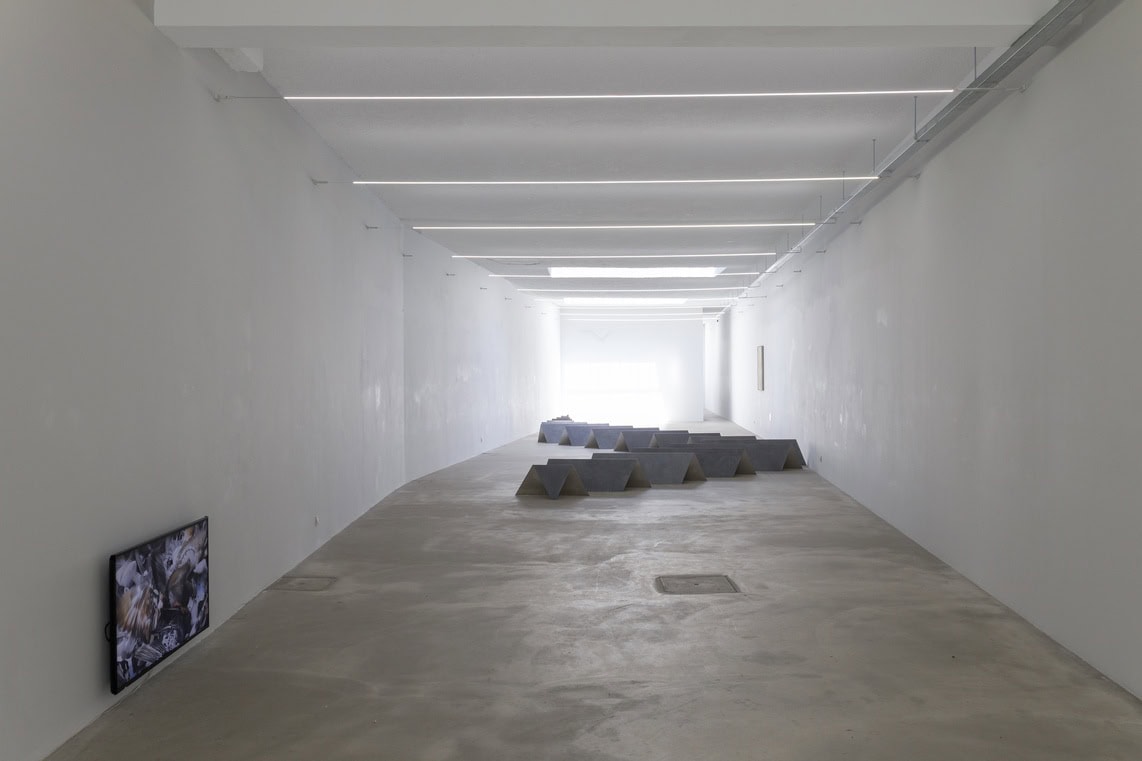
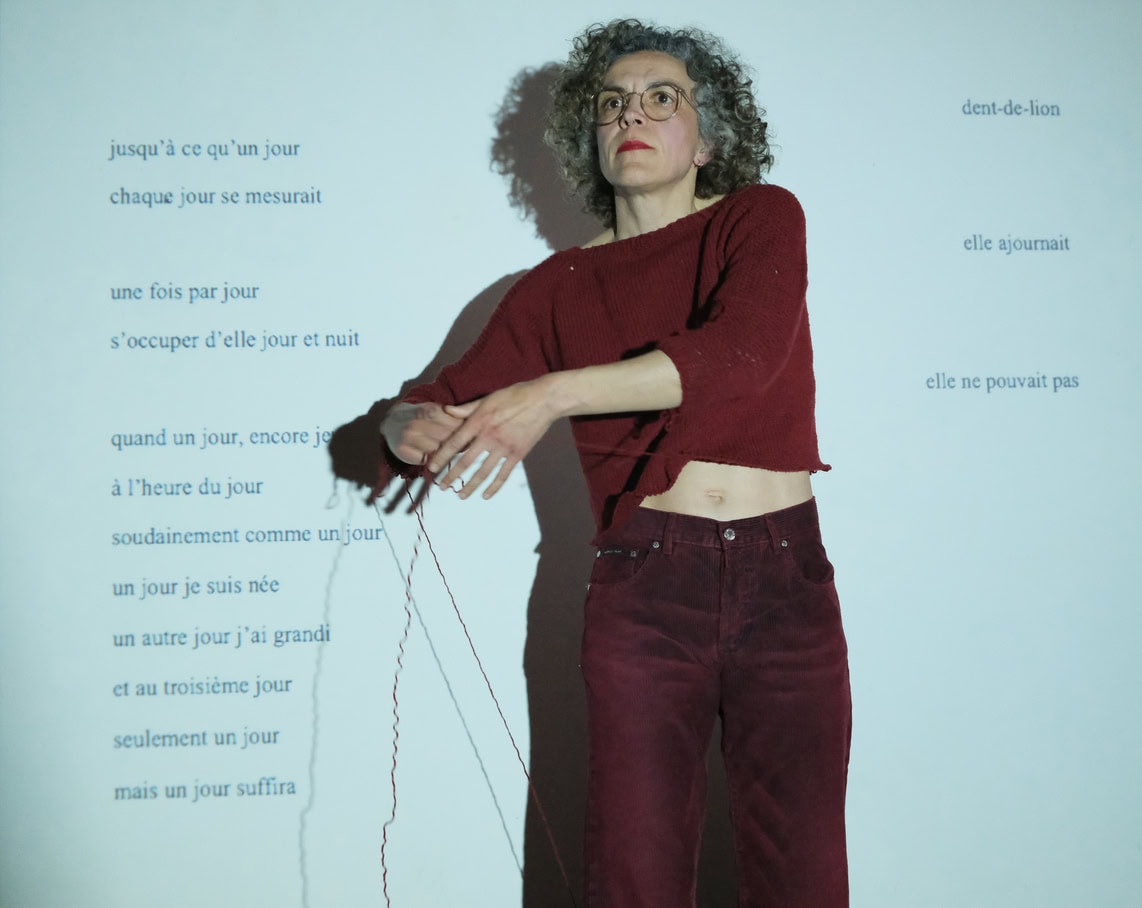
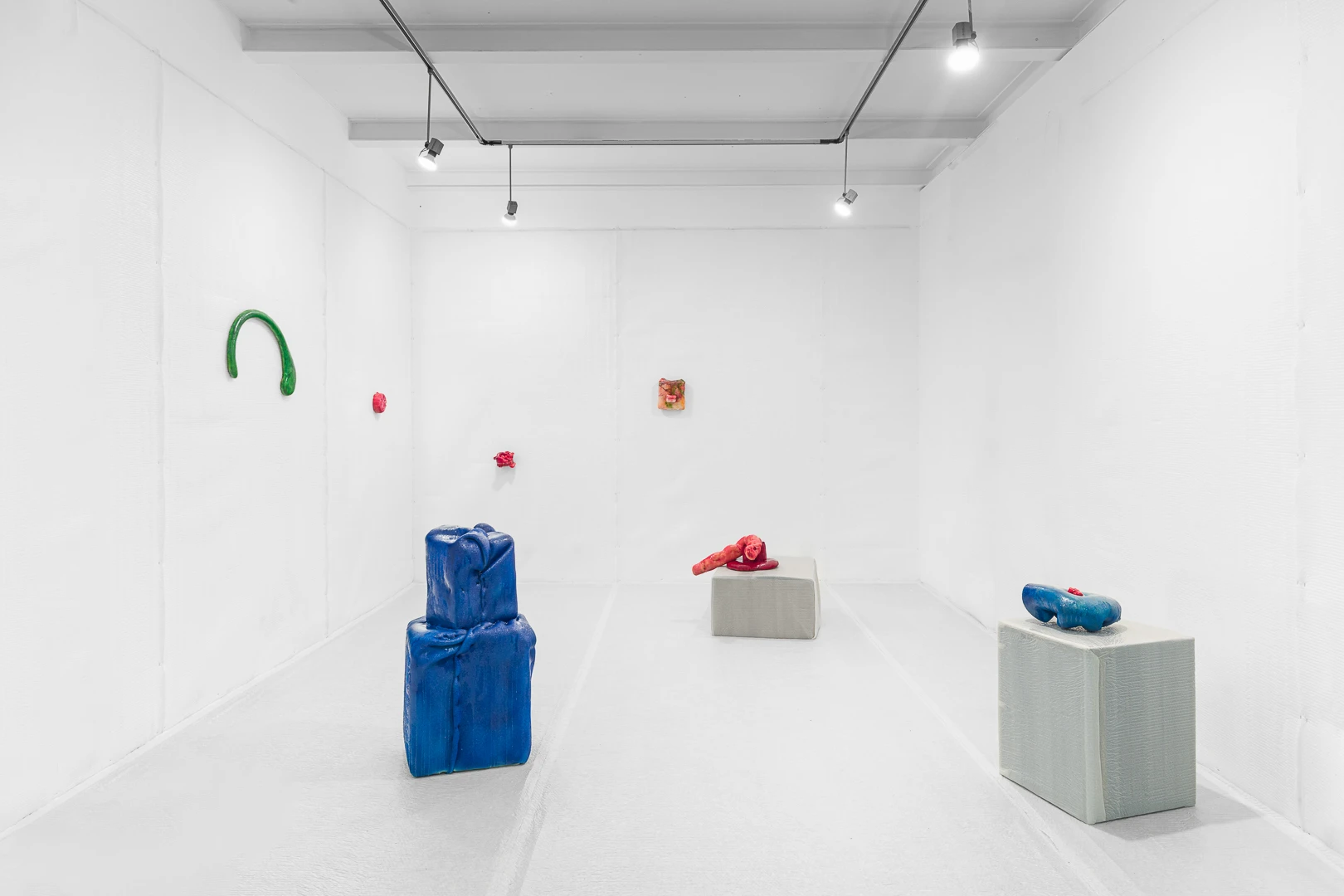
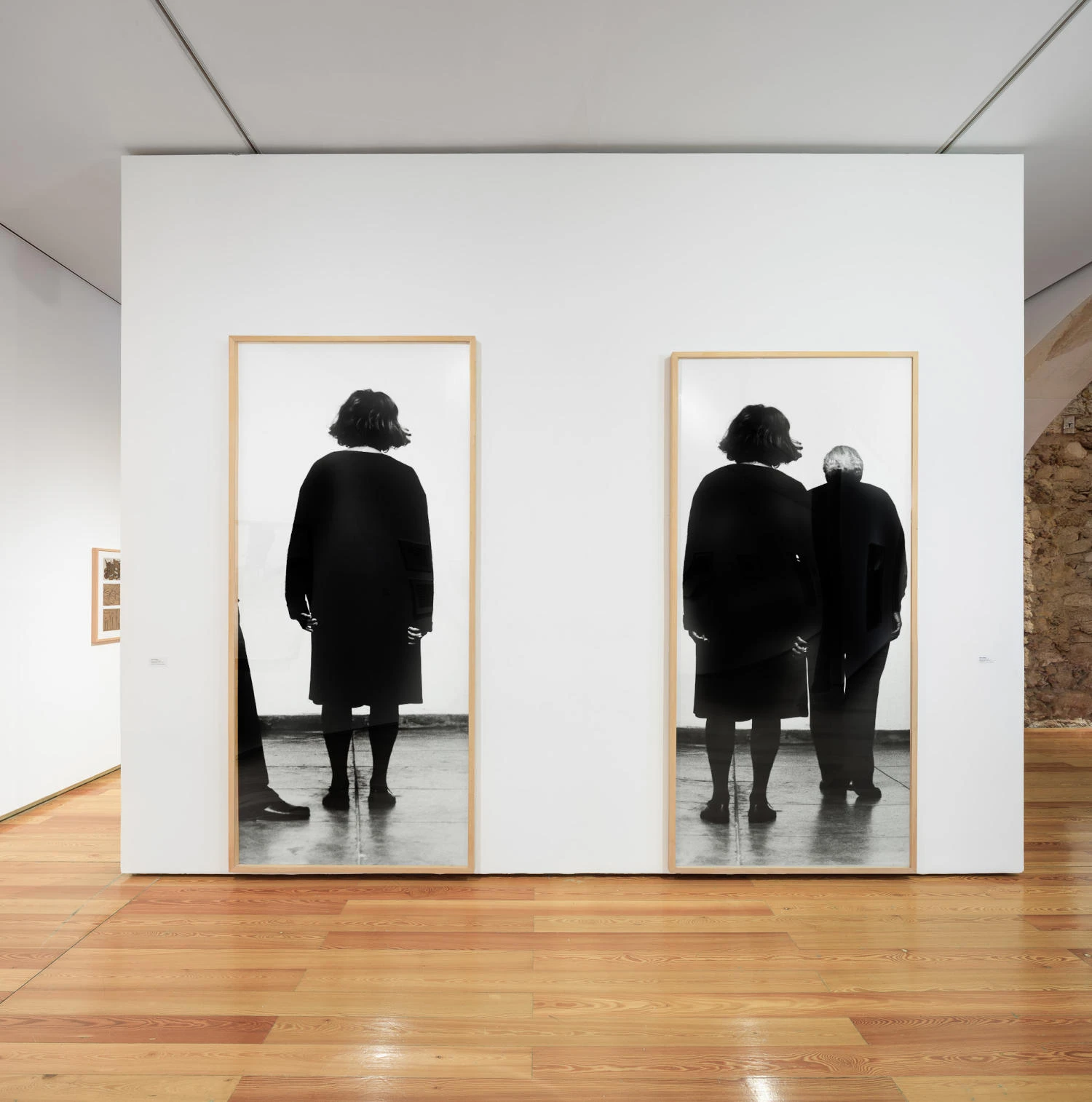
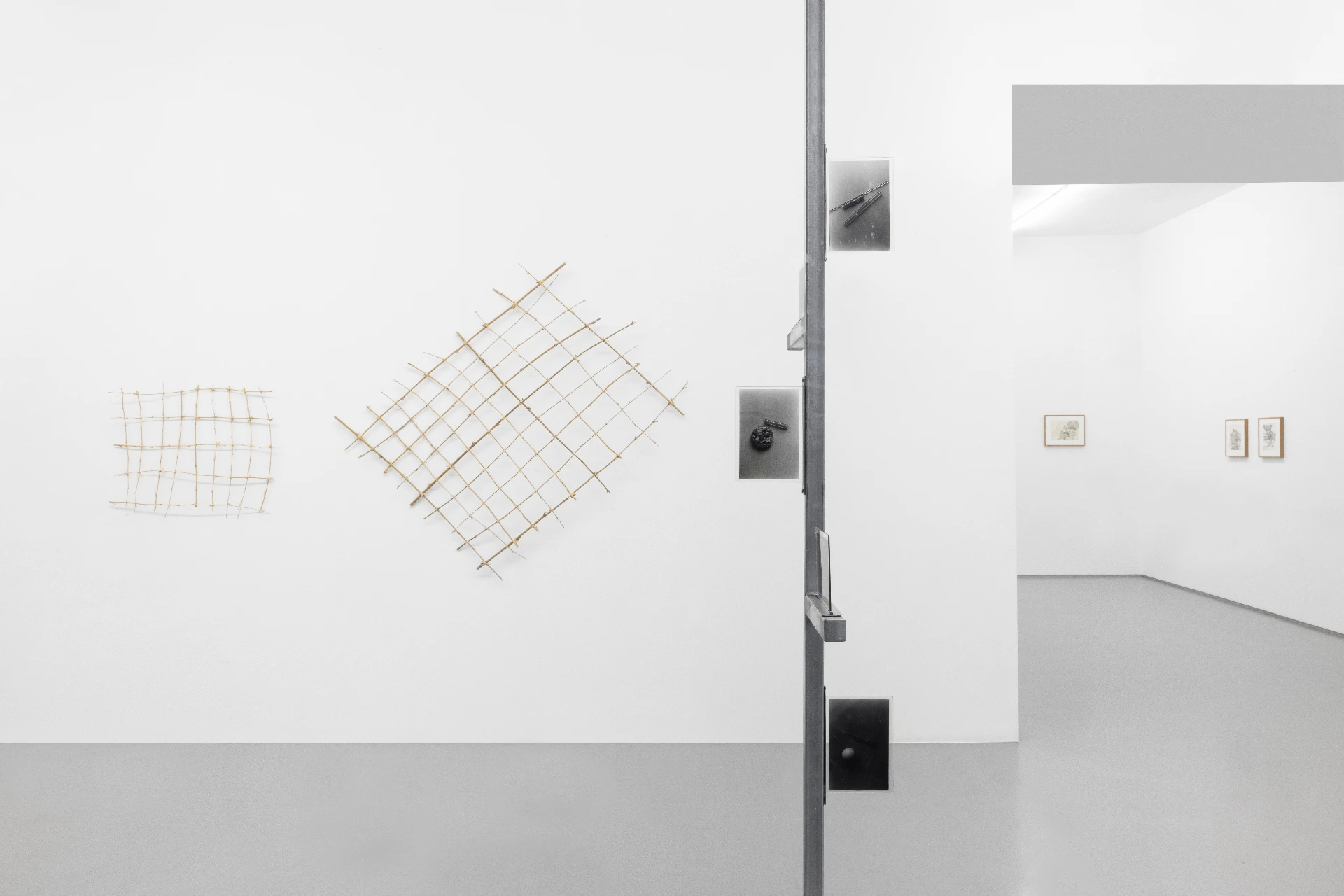
 [A] Sara Chang Yan, [L] Brotéria [4K]-2eoty.jpg)